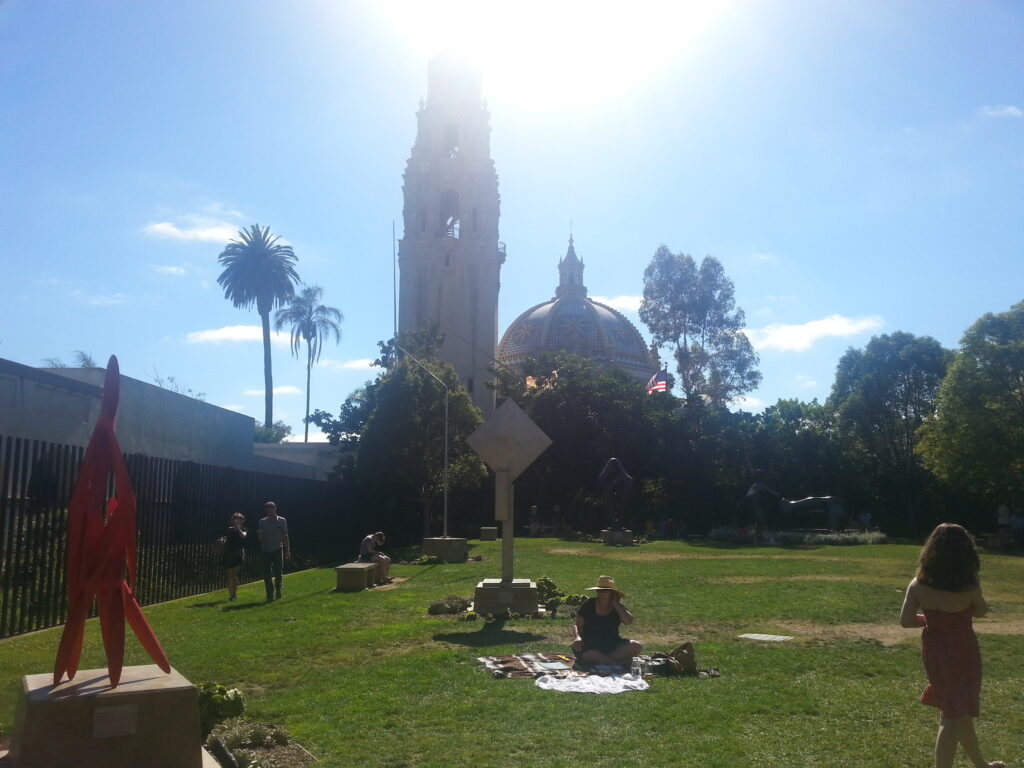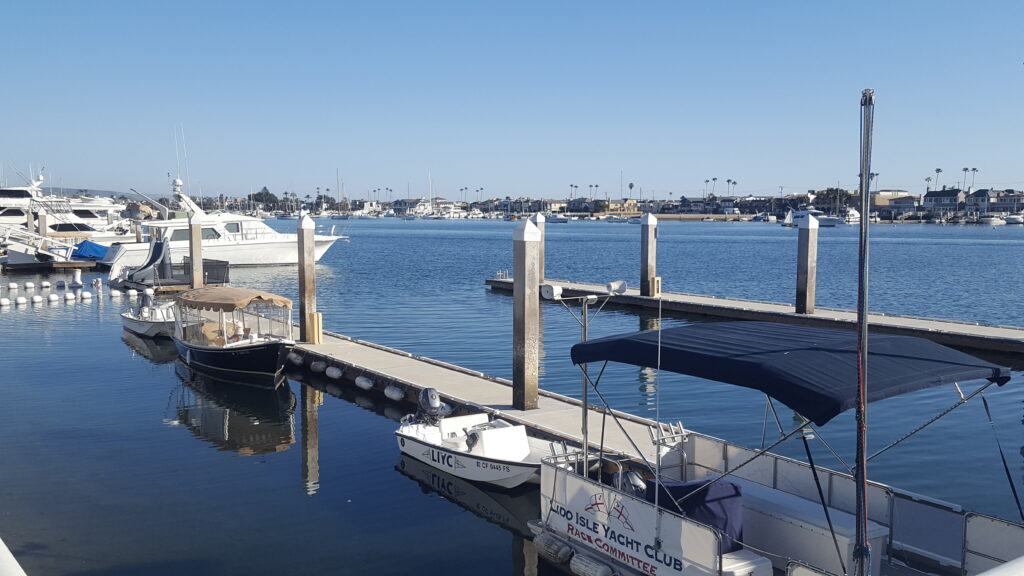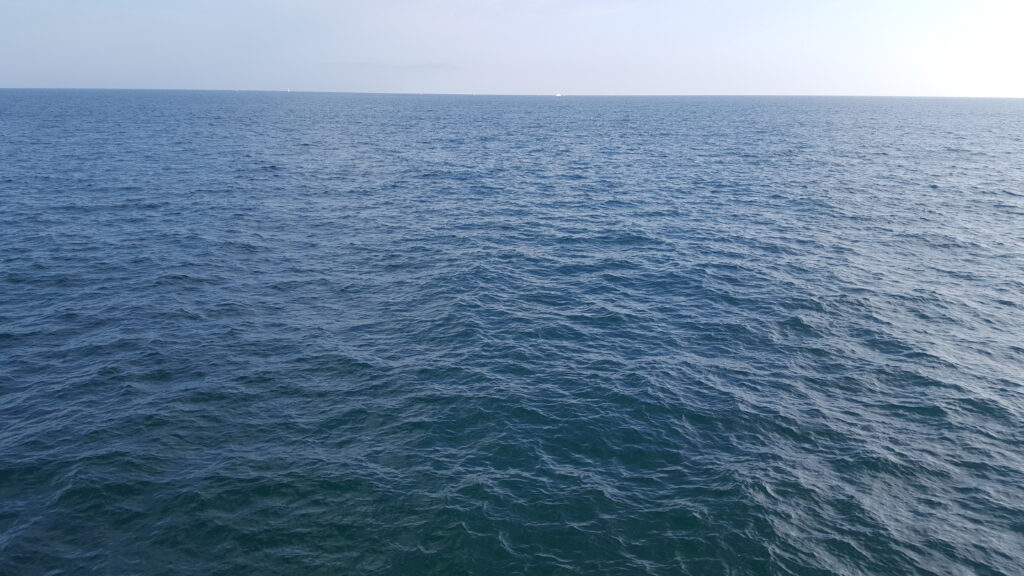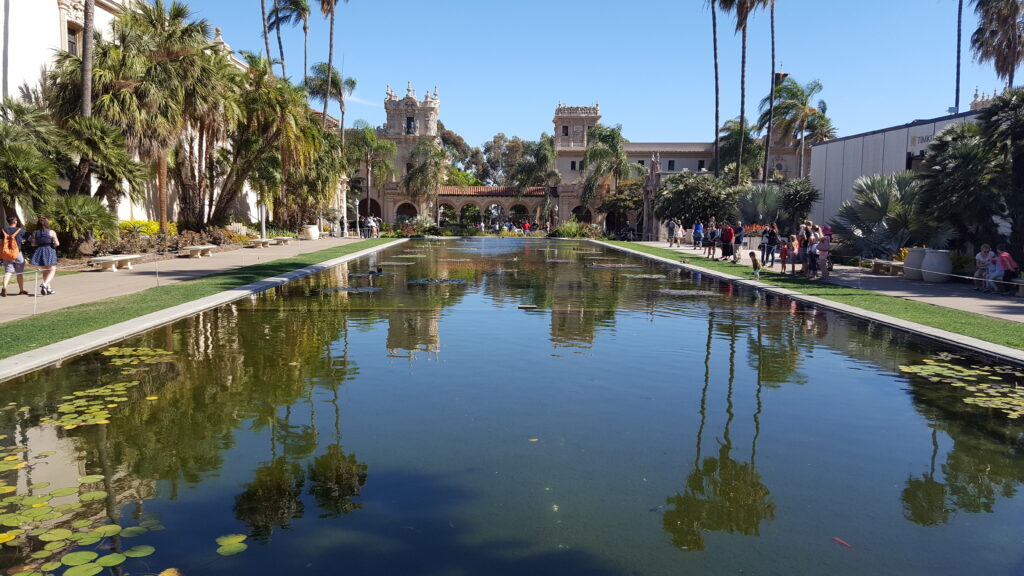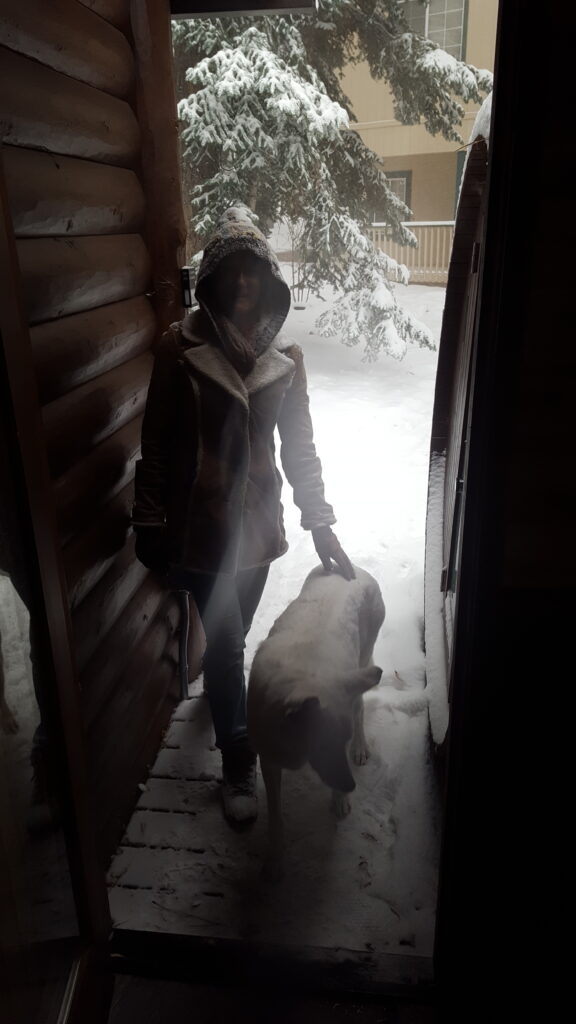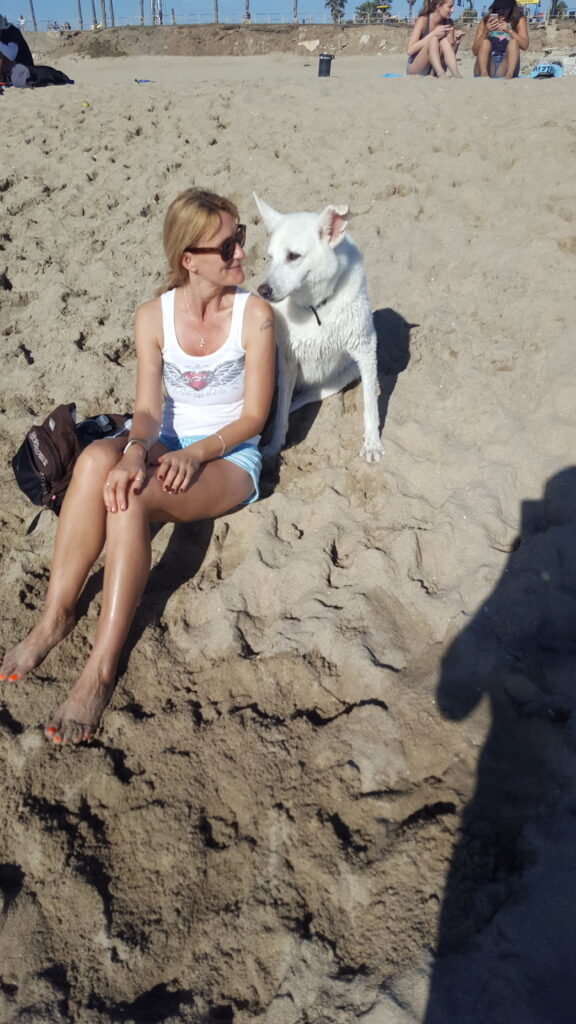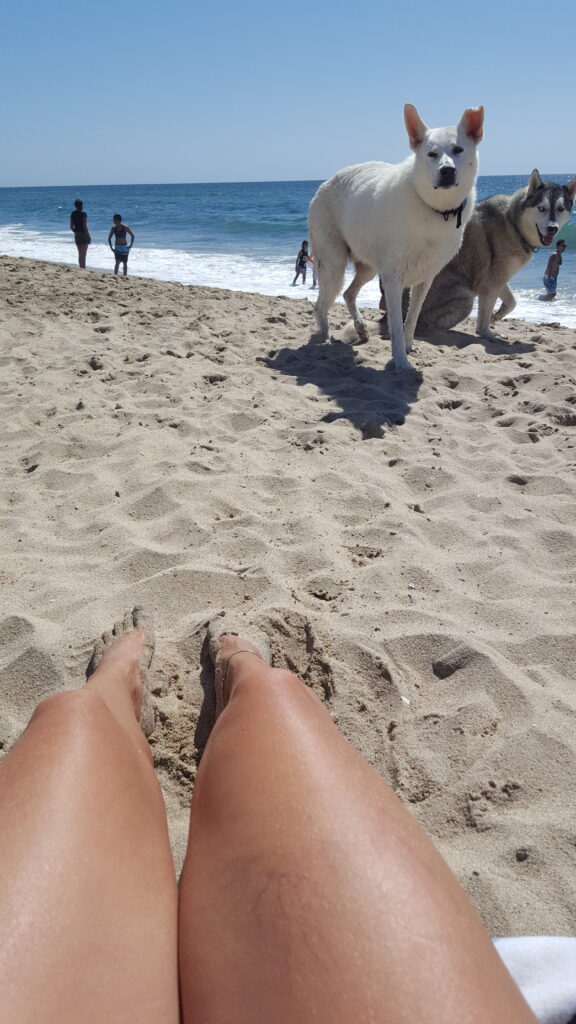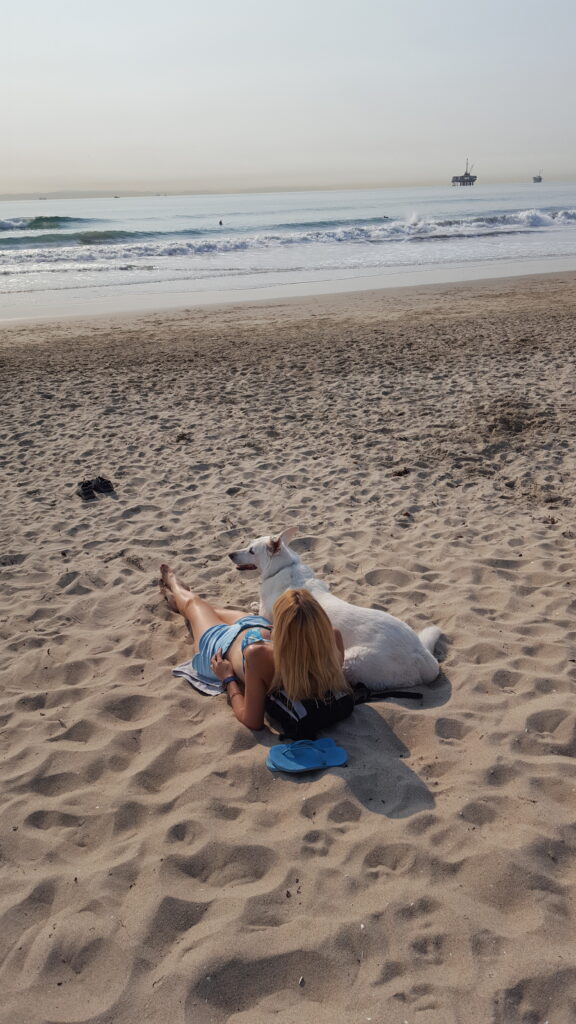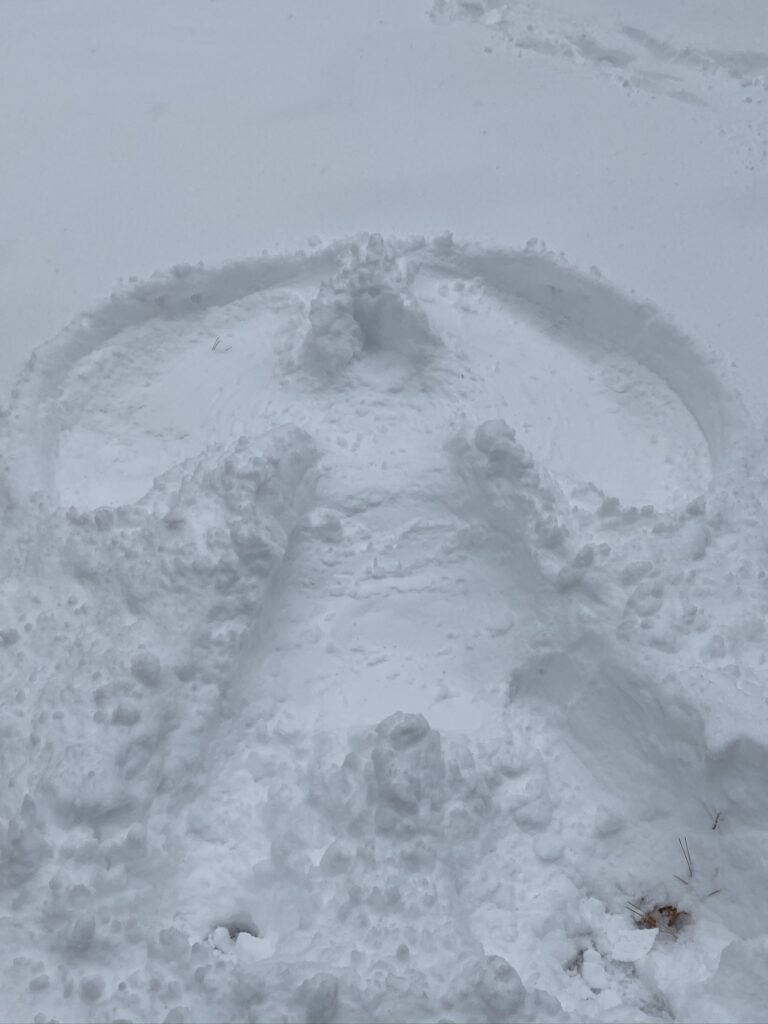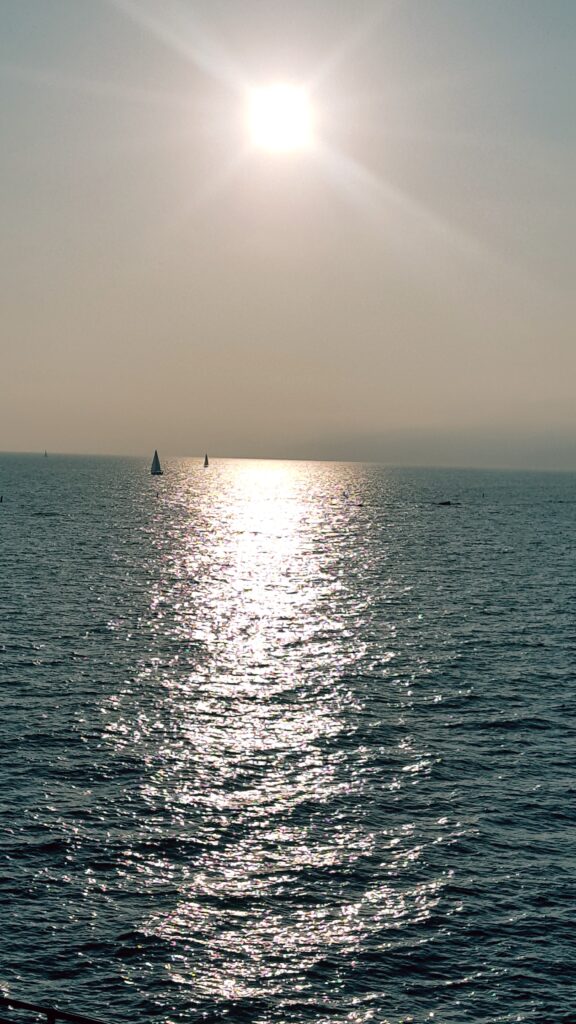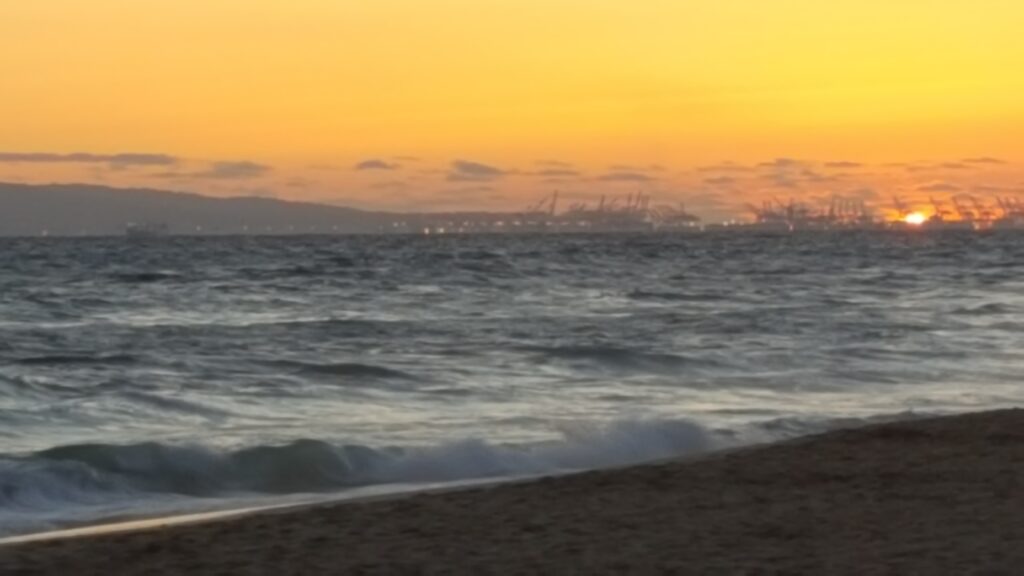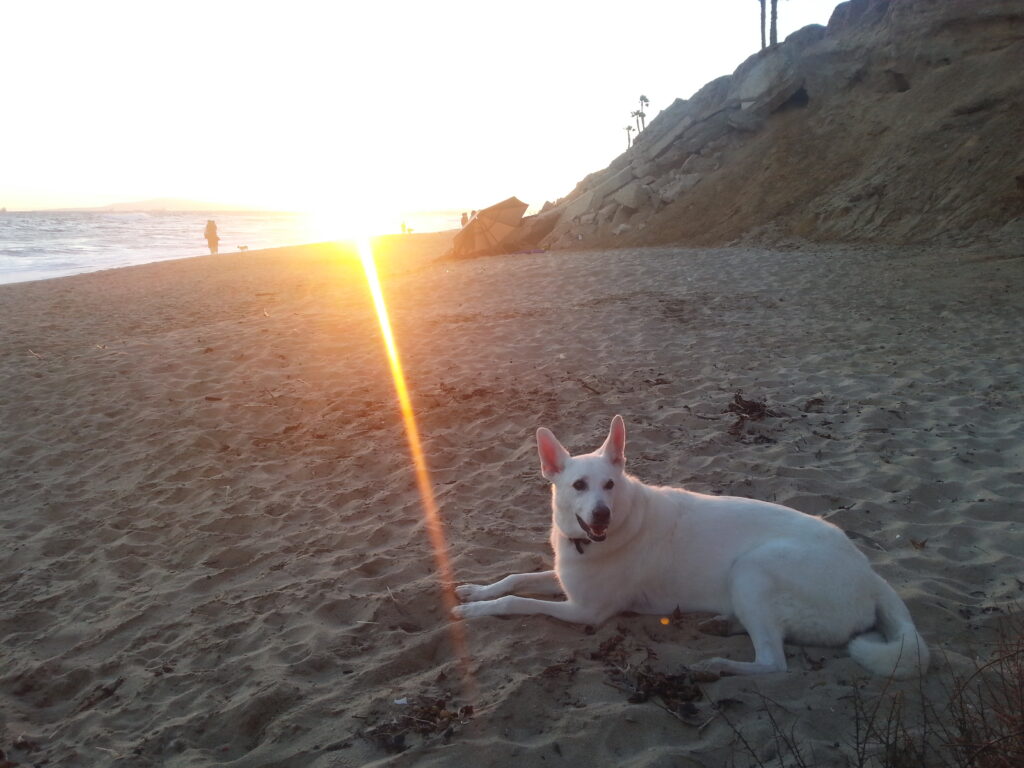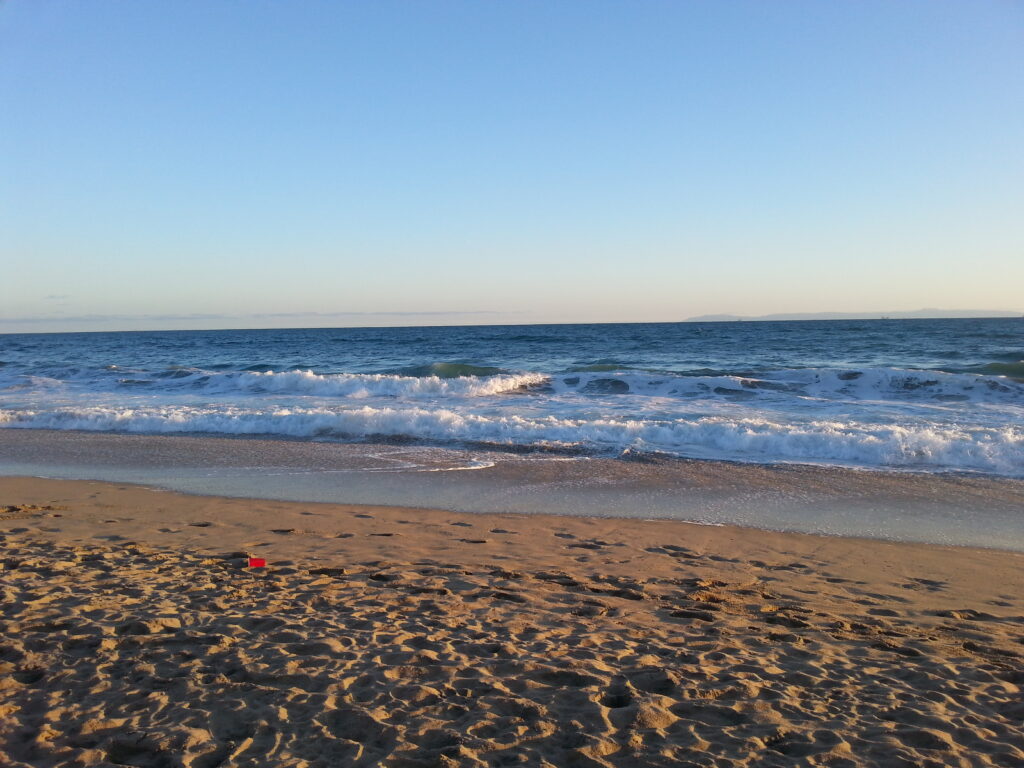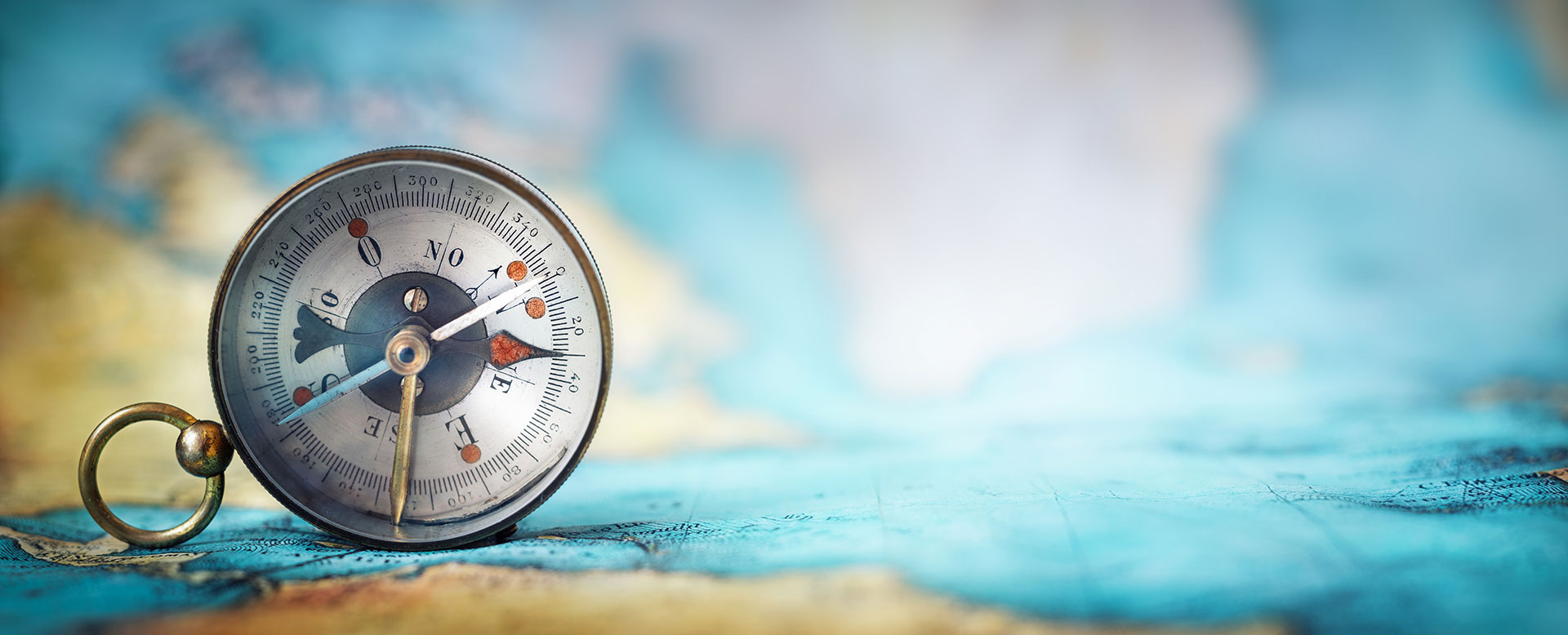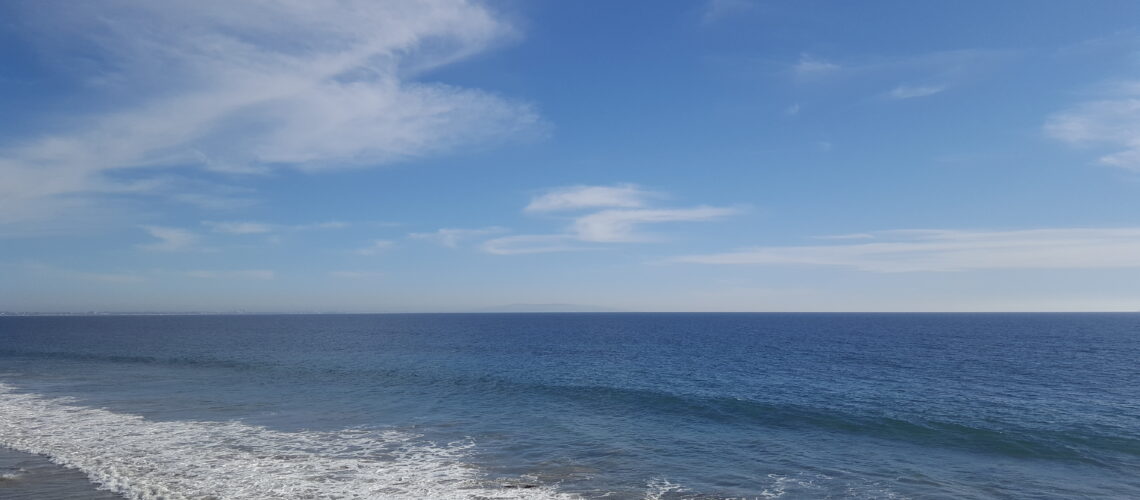
August 17, 2022
California weather – when is the best time to visit?
Very often, my guests, or future participants of my trips, ask me the question: what is the weather in California usually like? When is the best time to come? When to arrive for sightseeing and when to rest? And is there a truth in the famous saying that “it never rains in California”?
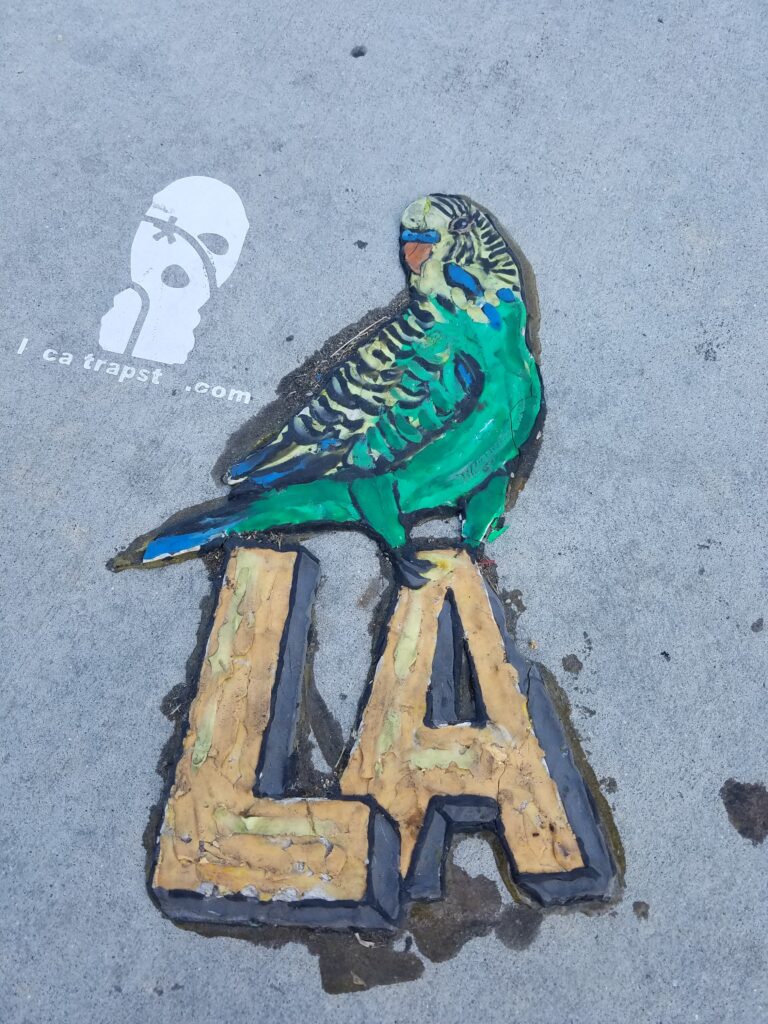
Because this question is difficult to answer in one sentence, today I will try to show you the cross-section of the weather in southern California. First of all, we must remember that California is a huge state, larger than the entire territory of Poland. Hence the weather here is quite diverse. A different climate will prevail in the south and a different one in the north of California. And so, for example, while the summer in Los Angeles is hot, and in winter the temperatures are around 13°C, in San Francisco the situation will be completely different. Frequent fog in that area makes the climate around the bay much cooler. This is due to the fact that there are actually two types of climate in California, namely the steppe climate and the Mediterranean climate.
The highest three temperatures that I personally managed to record were 105°F or 41°C on October 24, 109°F or 41°C in June and 113°F or 45°C in August. The lowest I remember is 38°F or 3°C in January. However, these are definitely exceptions.
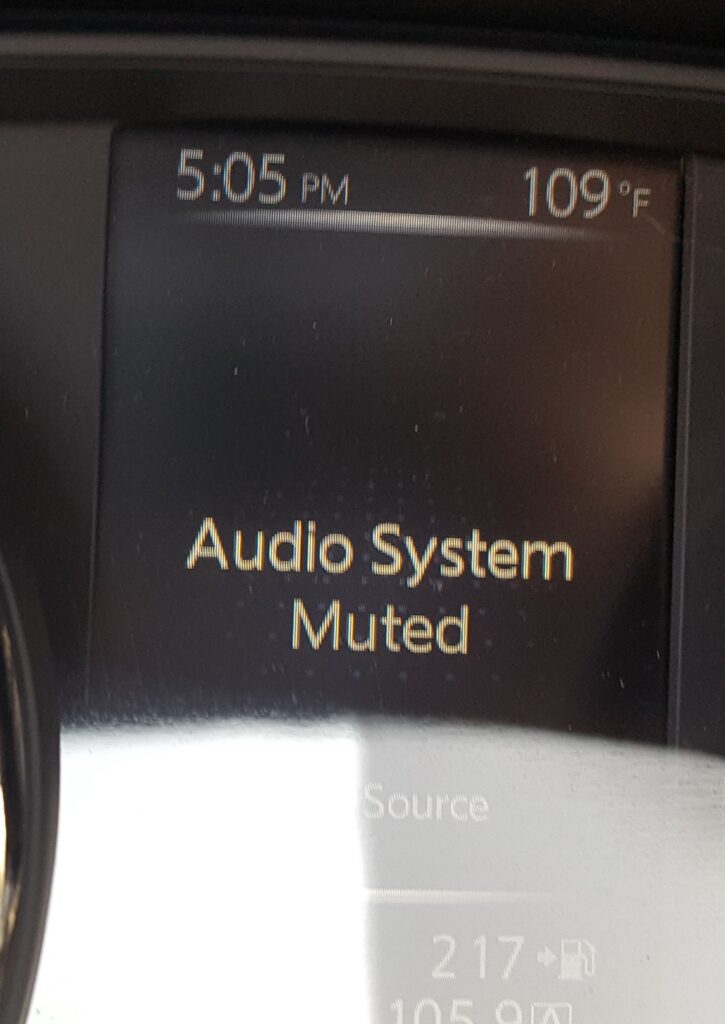
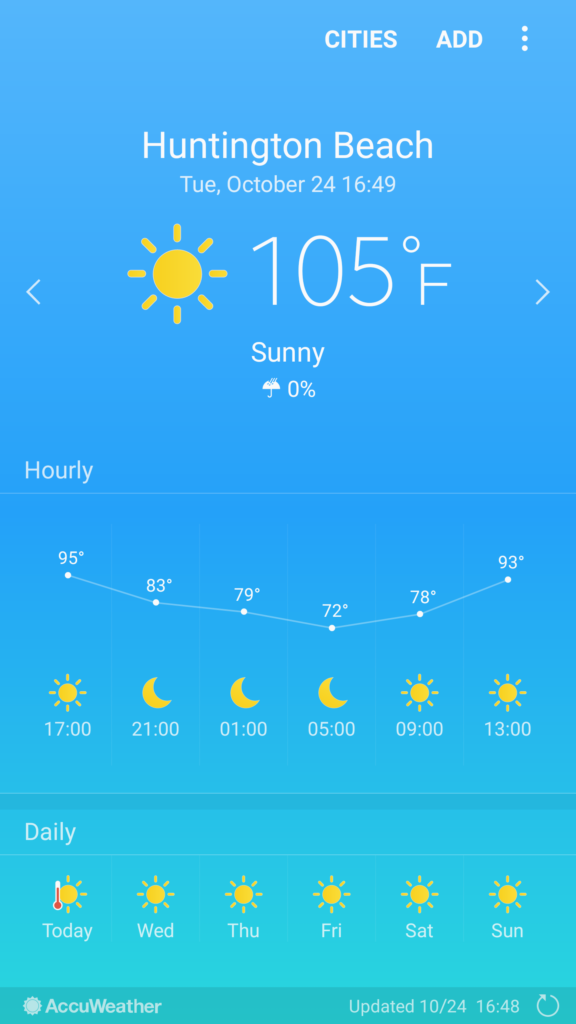
Interesting fact: March 2, 2015, the inhabitants of Huntington Beach woke up not believing their eyes. The streets and the beach were covered with a layer of snow. It turned out that it was actually hail, but still frozen water. Quite an unusual view, for southern California.
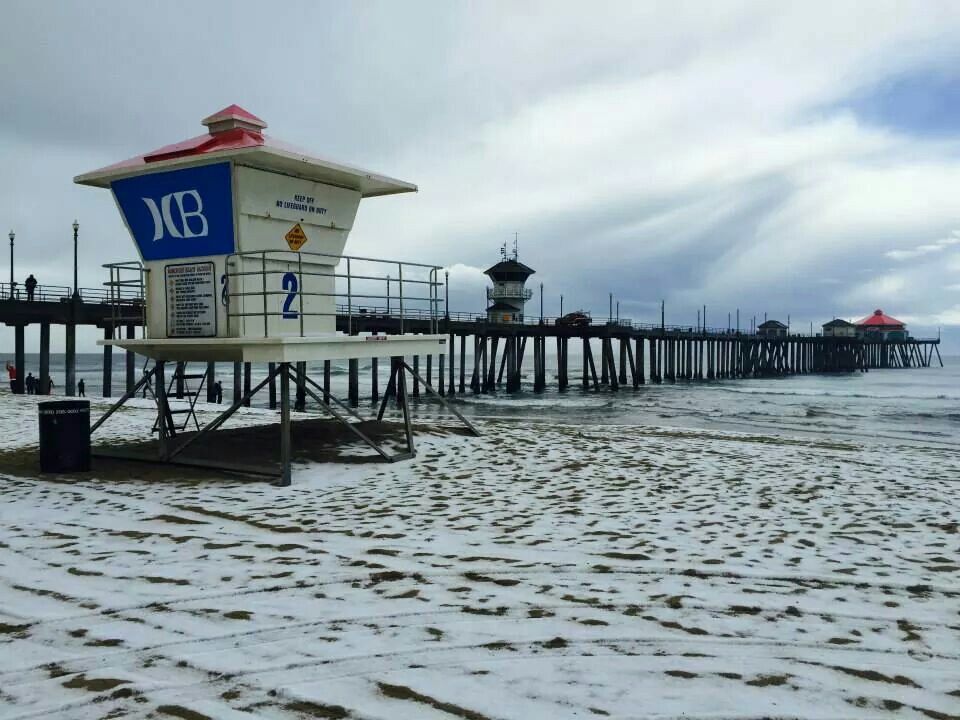
What is the most popular month to visit California?
The months with the most rainfall are December, January and February. The total rainfall is then around 242 mm. Most precipitation usually occurs in January with an average rainfall of 88 mm. The annual amount of precipitation in California is 446 mm. The average annual temperature in California is 25°C. The warmest month of the year is July, with an average temperature of 37 ° C. And the coldest month in California, with an average temperature of 13 ° C. is usually January The difference between the warmest month (July) and the coldest (January) is 23°C. The difference between the highest precipitation (January) and the lowest (August) is 88mm.
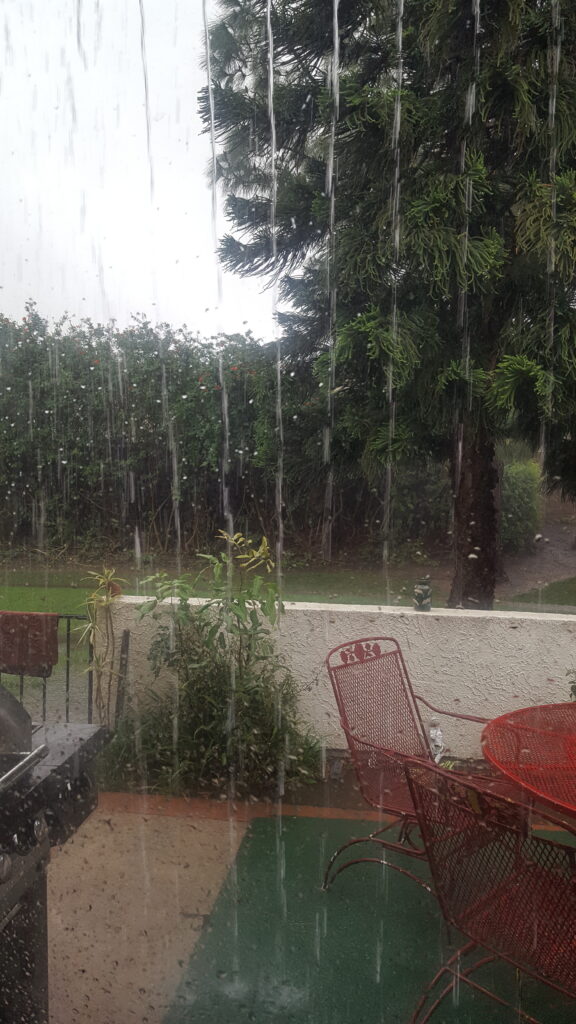
Generally speaking, there is no bad weather in California. In practice, this means that throughout the year the average temperature does not fall below 20°C, and sunny days are 284 days a year!
The warmest months are July, August and September while the coldest months are January, February and December.
Weather conditions are also affected by atmospheric phenomena that are characteristic of the season, such as the very warm winds of Santa Ana or the rainy El Nino. Then it can be either hot or a little colder than normal.
Southern California, with major cities such as San Diego, Los Angeles, Newport Beach and Malibu, has very moderate winters. In practice, this often means such weather as on the Baltic Sea in July. The temperature is usually around 20 ° C and above during the day, but the nights are cooler, with the temperature around 13°C. The closer it is to the coast, the cooler it is because of the ocean breeze.
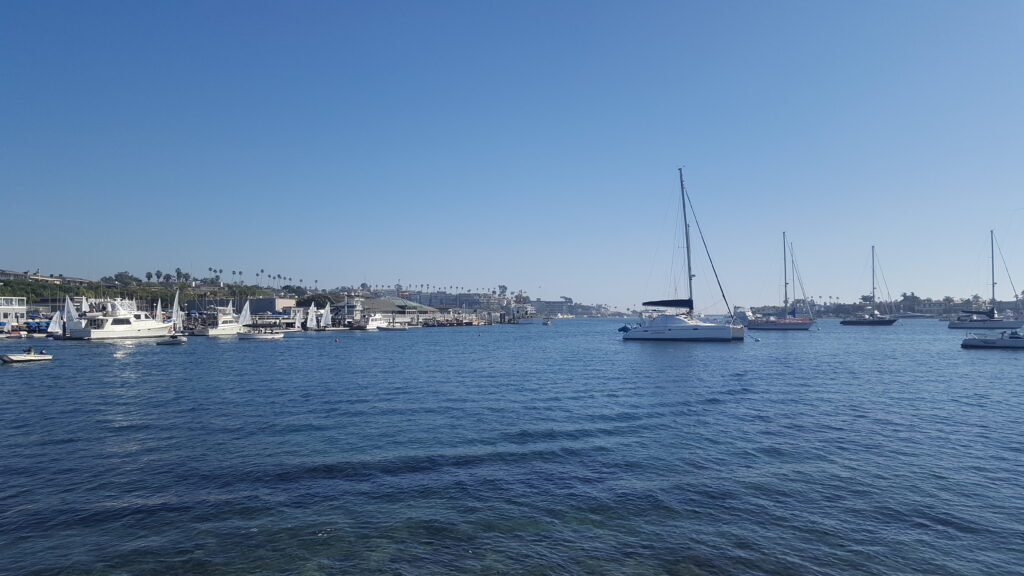
For a European from the cold part of the old continent, winter in California can be described as a moderate European summer.
As for summer, June is a very characteristic month. June in southern California looks different than anywhere else in the world. The atmospheric phenomenon called “June Gloom” or foggy June is something very characteristic for southern California. It is a weather phenomenon that in late spring and early summer causes the sky to be overcast and the temperature is quite low. Although this phenomenon most often occurs in June, it can also occur in other months, creating interesting names, such as “May Gray”, “No-Sky July” and, rarely, “Fogust”. The cloudy sky is often accompanied by fog and drizzle, although it usually doesn’t rain. Morning cloudy usually subsides between late morning and early afternoon, depending on the severity of the coastal fog, and gives way to the sunny sky.
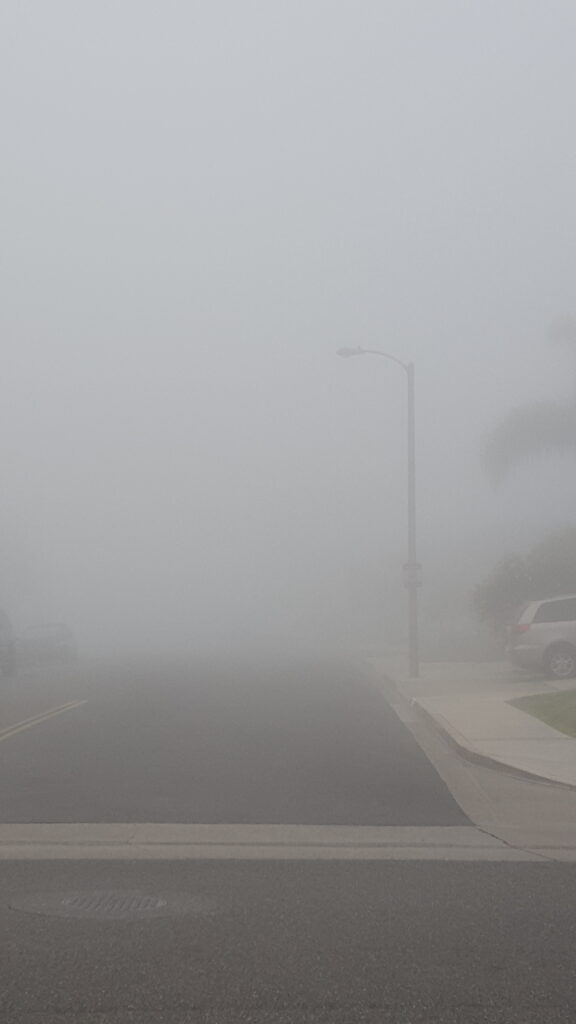
As I have already mentioned, the months with the most rainfall are December, January and February. As a rule, in the southern part of the state of California rainfall occurs no later than mid-April, although of course there are exceptions. An example would be this year, when in May it rained about 5 days (no, not in a row) and even one rainy day happened in June.
Cities with the best climate, i.e. with good weather for at least 11 months a year, are Los Angeles, Palm Springs, San Diego, Malibu, Newport Beach, Santa Barbara, Santa Monica and Hollywood. The best months for swimming in the ocean are June, July, August, September, October and November.
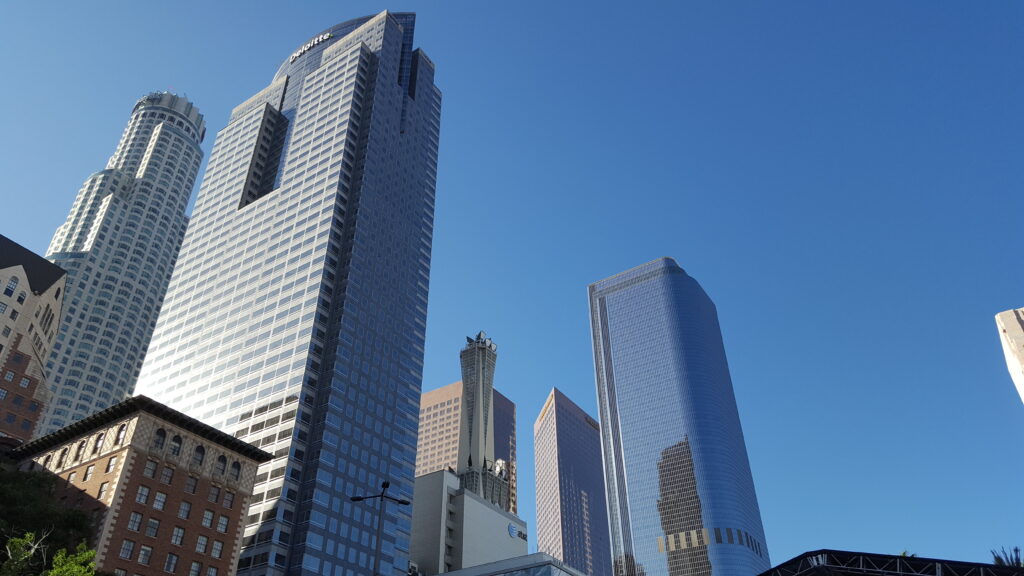
All in all, the best time to travel and explore California is from April to October, when temperatures are pleasant and there is little rainfall. The weather and climate in southern California are definitely suitable for sunny holidays.
Interesting facts: The lowest temperature (monthly average) in California was recorded in January 1937 and was 4°C. The highest temperature recorded in California was in August 1998 and was 32 ℃ (monthly average). The year 2014 was the warmest in California, average temperature was: 21°C. 1971 was the coldest year with an average temperature of 16°C.
Below you will find a brief cross-section of weather conditions in the four most important cities of southern California.
Los Angeles weather and climate
Climate
Los Angeles, like most cities on the west coast of the United States and California in general, enjoys a moderate climate quite similar to the Mediterranean. There are four different seasons, with some significant rainfall. However, temperatures remain pleasant throughout the year.
Summer in Los Angeles
Summers are long and dry, but not hot and steamy. The presence of the Pacific Ocean allows you to slightly lower the temperatures during the summer and provide a pleasant fresh breeze. The presence of mountains around the city often brings the morning fog in early summer. Low rainfall this season.
Winter in Los Angeles
Unlike states like Illinois or Massachusetts, California, and more specifically Los Angeles, has very mild winters. It should be noted that this season is more humid than summer, with little rainfall, concentrated between late autumn and early spring. The snow itself is quite rare, except for the few mountains surrounding Los Angeles.
Fall and spring in Los Angeles
Temperatures are mild all year round, and spring and fall are no exception. However, the water in the Pacific Ocean is a little cool during these seasons. Although it may rain at this time of year, rainfall is rare and quite low. The city of Los Angeles still has over 3,200 hours of sunshine a year!
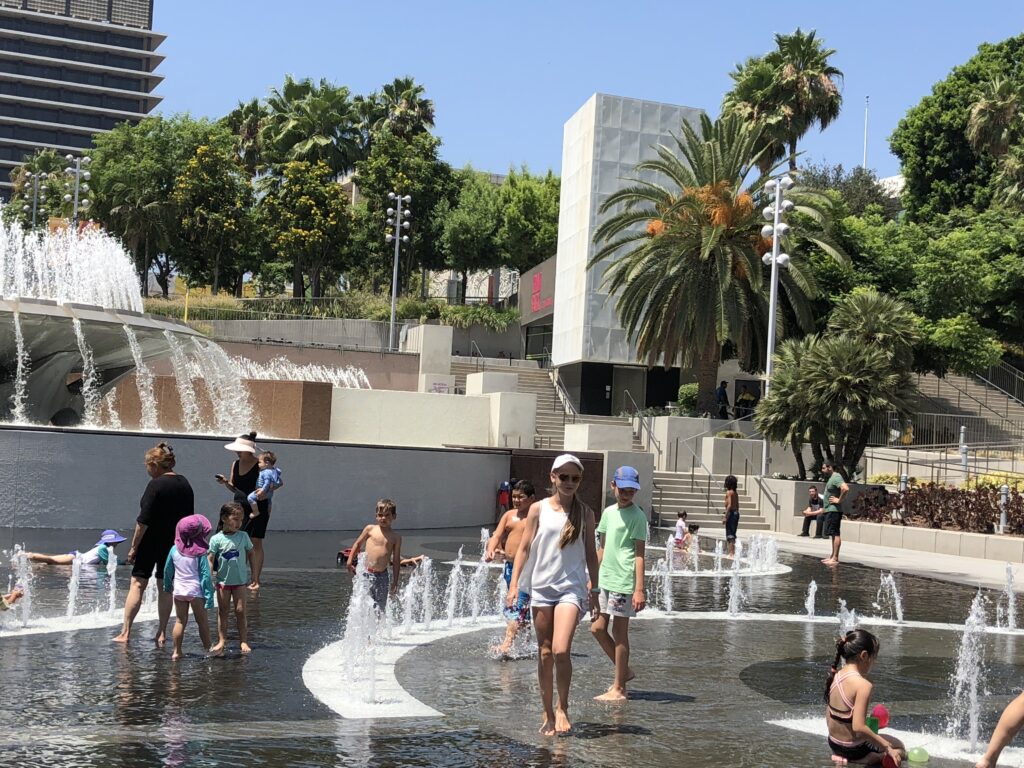
Weather and climate in Newport Beach
The weather is very good between January and May. On average, the morning temperature is 16°C and you can expect 0.3 inches of rainfall per month during this period.
From June to October the climate is very good. In the early evening the average temperature is 23°C and you can expect 0.4 inch of rainfall per month during this period.
The climate is good between November and December. The temperature rises to 19°C and it rains about 15% of the time in December.
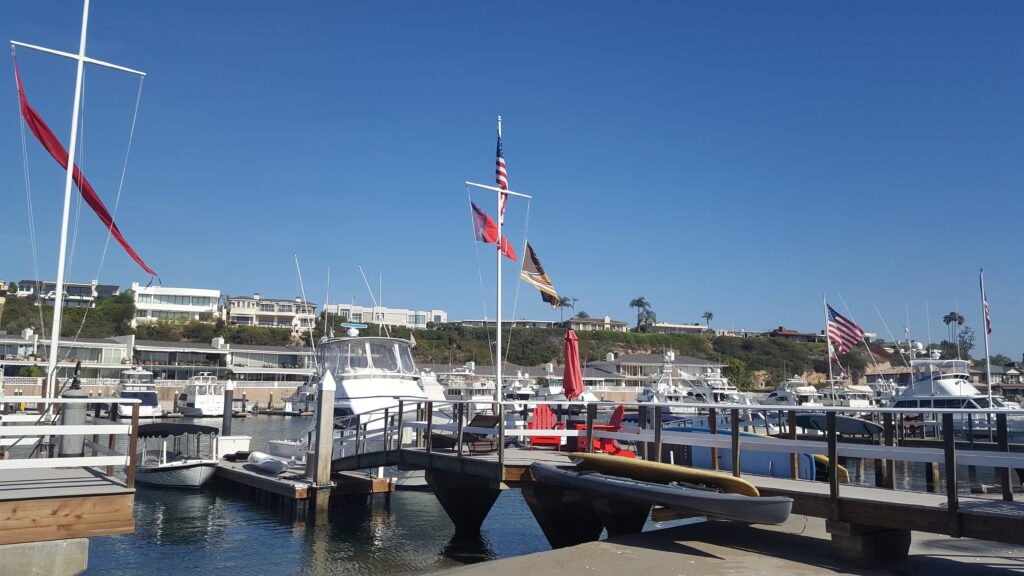
Weather and climate in Malibu
The weather is good between January and April. For example, the maximum temperature in April is 21°C and you can expect only 2 inches of rainfall per month during this period.
The weather is perfect between May and October. At lunchtime, the temperature is 25°C on average, and throughout this period should not rain more often than for 2 days.
The weather is favorable between November and December. The record temperature this month is 28°C and it rains about 15% of the time in December.
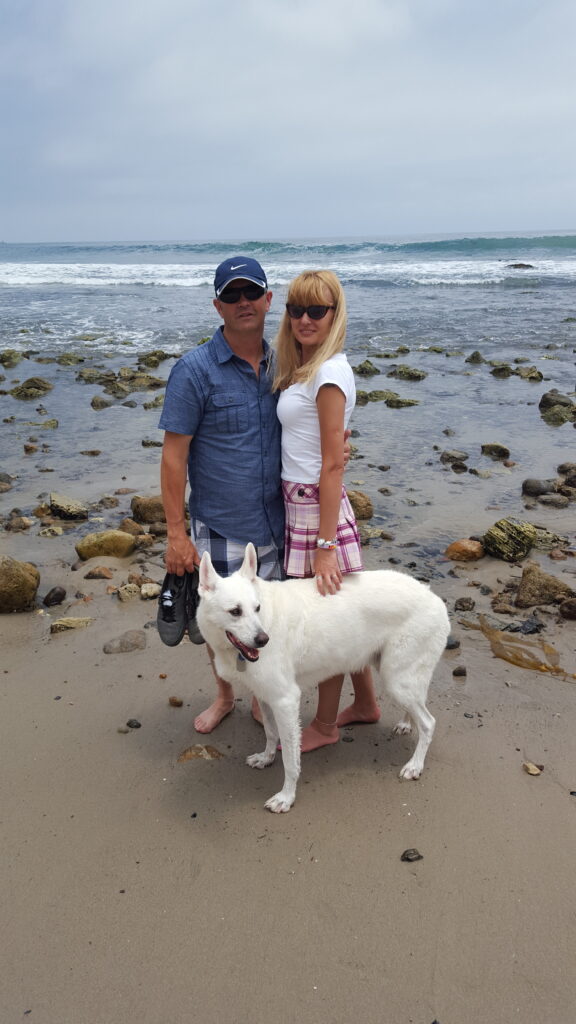
Weather and climate in San Diego
The weather is beautiful between January and May. At lunchtime the temperature is on average 21°C and in May you can expect no more than 3 days of rainfall.
From June to October the weather is very good. The temperature rises to 25°C and the rain drops less than 0.3 inches per month. The weather is good from November to December. For example, the maximum temperature in December is 19°C and rainfall is about 2 inches per month.
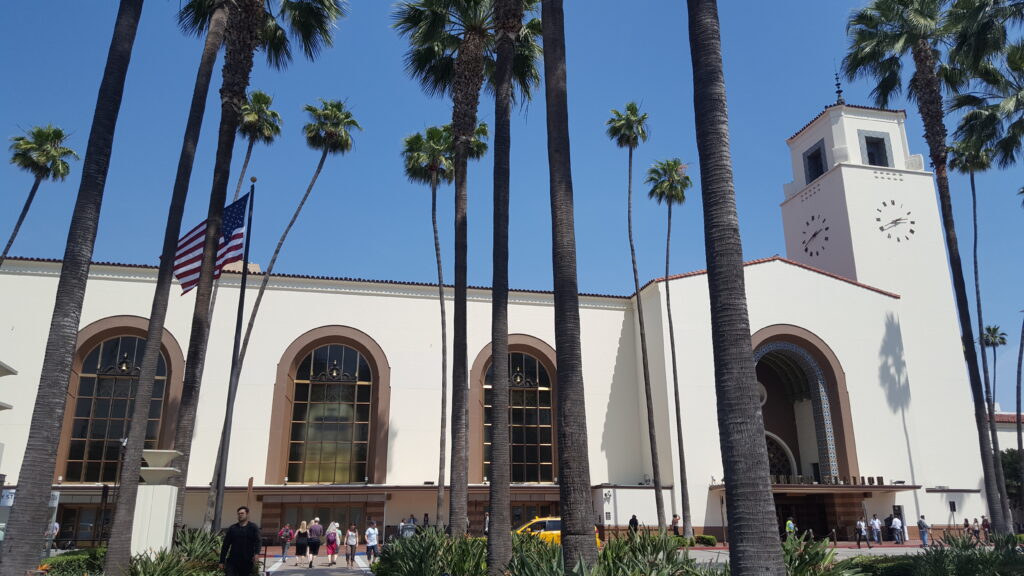
As we can see, the climate of southern California actually encourages sightseeing, relaxation, sunbathing and sunbathing. However, California is not only beautiful beaches, palm trees and the ocean. Just two hours’ drive from Los Angeles, in San Bernardino County, are the Big Bear Mountains with the most popular town of Big Bear Lake. Of course, the climate in the mountains will be quite different than in the rest of southern California.
The warmest month in the Big Bear mountains is July, with an average temperature of 18°C. The best month for winter sports is January, where the average temperature is 1-2°C. Trivia: the highest temperature recorded in Big Bear is 34°C recorded on July 15, 1998, and the lowest is -32°C recorded on January 29, 1979.
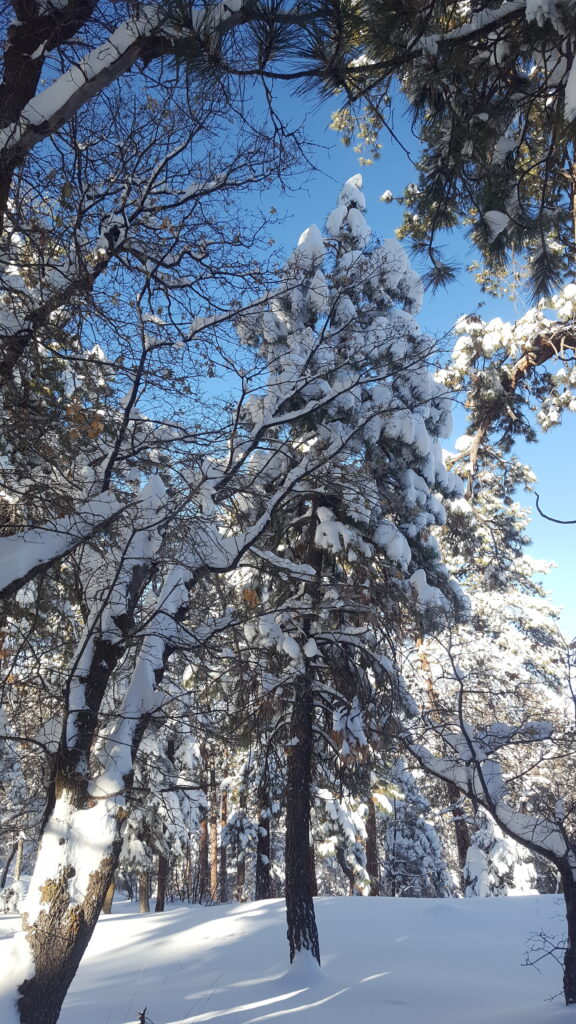
Because of the altitude between 2070 and 2190 meters above sea level, the amount of rainfall is higher than in the lower areas of San Bernardino County and amounts to 537 mm per year on average. Unlike most of southern California, the Big Bear Lake region normally snows because of the high altitude. Snowfall, measured at lake level, is on average 180 cm per season; The most snowfall within 24 hours was recorded on March 27, 1991 – 69 cm. The largest depth of snow was 150 cm, which took place on February 3, 1979. In the same year, snow at Big Bear fell in each of the months except July and August.
